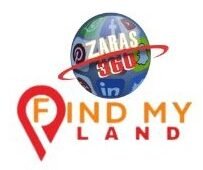Most of the world has shifted from manual to digitized land records — and Sindh is no exception. One of the key initiatives under the Sindh Authority for Land Records (SALR) has been the development of a fully computerized land management system to improve transparency, efficiency, and public access.
This transformation has been made possible through the Land Administration and Revenue Management Information System (LARMIS), created by the Board of Revenue Sindh (BOR). With a database size of over 6 terabytes, LARMIS is now the largest digital land records system in the Sindhi language.
Key Features of Sindh’s Digital Land Records
By implementing a powerful Geodatabase System (GIS), SALR has made significant progress in identifying encroachments on state land, including those on private, institutional, and park areas. These developments are helping reduce corruption, improve record-keeping, and restore public trust.
Improved Real Estate Verification in Sindh
Through the use of digitised land records, the SALR allows anyone to verify property ownership online. This new system supports accurate land maps, authenticates ownership, and shows the exact geographic location of any registered property.
You can now find land and property maps in Pakistan using the Find My Land platform — offering tools for land verification, boundary checks, and digital surveying.
Preservation of Historical Records
In addition to digital transformation, old settlement maps and historical documents are being preserved through chemical processing and scanning, ensuring that generational ownership data is not lost to time.





